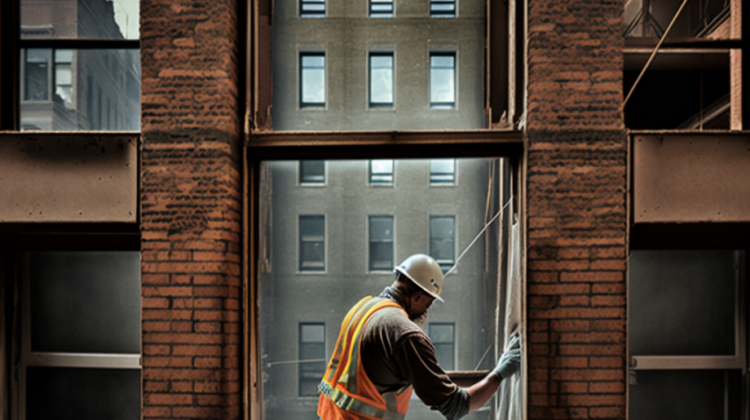
Window replacement in an apartment building is a significant investment that can improve the building’s aesthetics, energy efficiency, and comfort. Old or damaged windows can cause drafty rooms, high energy bills, and reduced tenant comfort. Window replacement can also increase the property’s value and attract new tenants. However, replacing windows in an apartment building is a complex process that requires careful planning and execution.
The first step in window replacement is to assess the condition of the existing windows. An inspection can reveal if the windows are warped, rotted, or have cracks or gaps that allow air to enter or escape. The inspection can also determine if the windows are original from the building’s construction or have been replaced previously. Knowing the age of the windows is important, as it can help determine if the windows are energy efficient and meet current building codes.
Once the condition of the windows has been assessed, the next step is to determine the best type of replacement window for the building. There are several types of replacement windows, including double-hung, casement, awning, sliding, and bay or bow windows. Each window type has advantages and disadvantages, depending on the climate, building orientation, and aesthetic preferences. For example, double-hung windows are a common choice for apartment buildings as they are easy to operate and provide good ventilation. However, casement windows may be a better option for buildings in windy areas as they are more airtight.
Another factor to consider when selecting replacement windows is the material. There are several materials to choose from, including vinyl, wood, aluminum, and fiberglass. Each material has its benefits and drawbacks. Vinyl windows are low-maintenance and affordable but may not be as durable as other materials. Wood windows are energy-efficient and aesthetically pleasing but may require more maintenance and be more expensive than other options.
Once the type and material of the replacement windows have been selected, choosing a reputable window installation company is important. The installation company should be licensed and insured and have experience working on apartment buildings. They should also provide a warranty on their work and be able to provide references from previous clients.
The installation process can be disruptive to tenants, so it’s important to communicate with them about the project timeline and any necessary accommodations. The installation company should work closely with building management to schedule the installation around tenant schedules and minimize disruption. The installation process can take several days or even weeks, depending on the size of the building and the number of windows being replaced.
Once the replacement windows have been installed, it’s crucial to conduct a final inspection to ensure they are functioning correctly and meet building codes. The new windows should be energy-efficient, airtight, and provide proper ventilation. The installation company should offer a final walkthrough with building management to ensure tenant satisfaction and address any concerns.
Window replacement in an apartment building is a significant investment that can benefit both building management and tenants. However, the process can be complex and requires careful planning and execution. By assessing the condition of the existing windows, selecting the appropriate replacement windows, choosing a reputable installation company, and communicating with tenants, building management can ensure a successful window replacement project that improves the building’s energy efficiency, comfort, and aesthetics.
